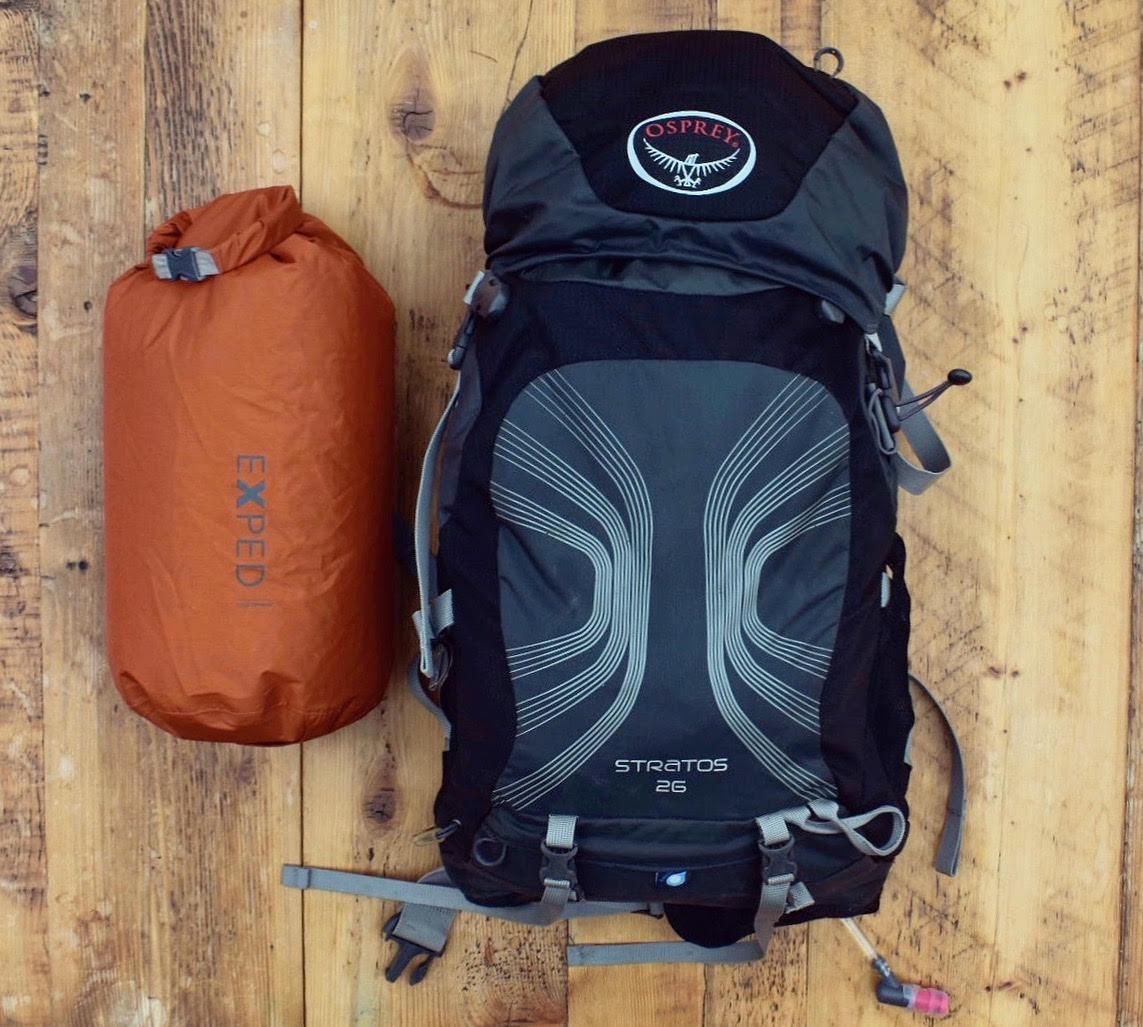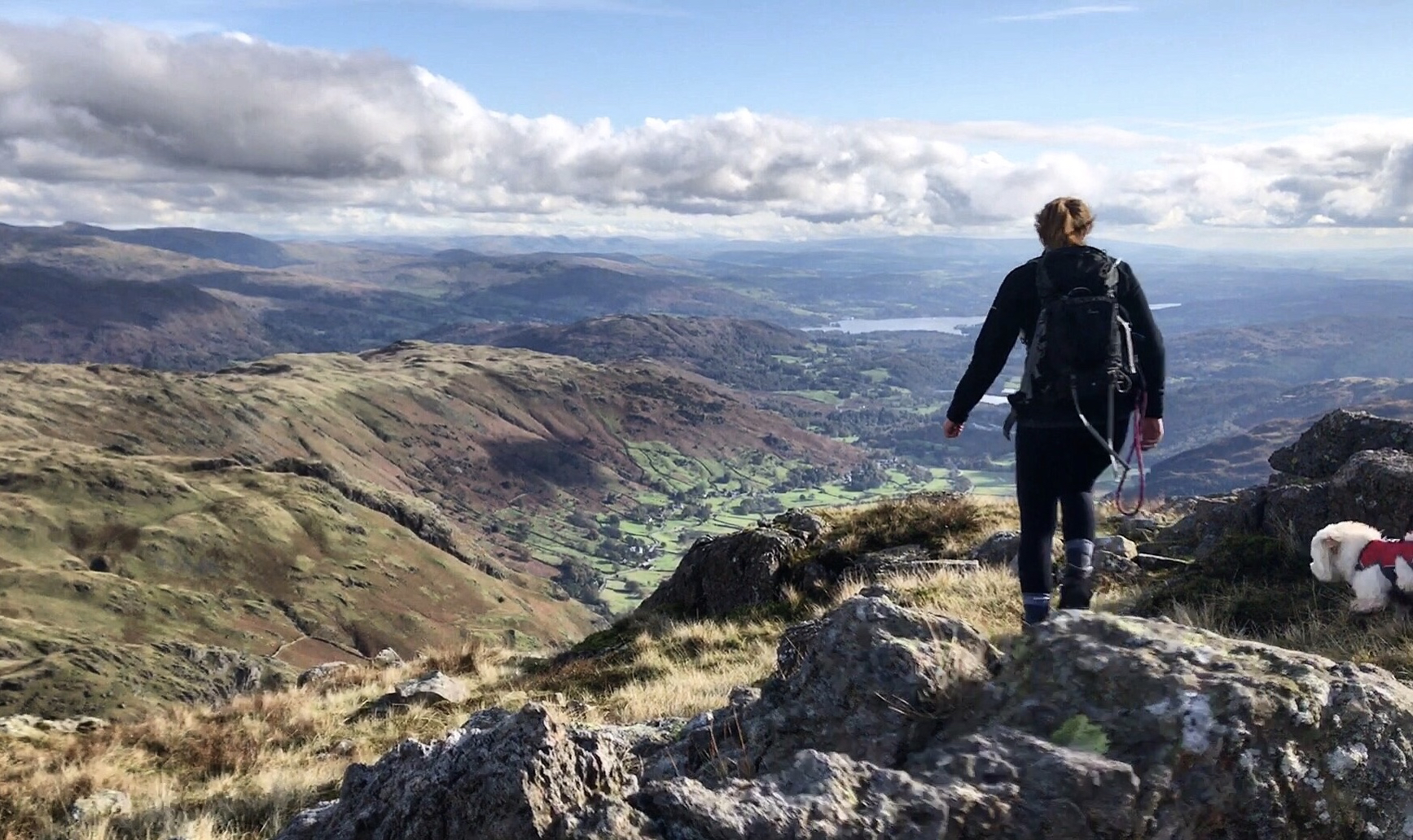As well as picking the right clothes for hiking, you’ll need the basic gear. These three items are the key essentials to get you started.
1. Walking Boots
The best advice is to get your boots fitted. Most outdoor stores, like Cotswolds, have staff who are trained to help you find the right boots. As well as measuring the length and width of your feet, they’ll discuss the type of terrain you’ll be walking on and get you to test the boots on small slopes.
With their advice, you’ll need to decide what type of material your new boots should be made from and how flexible the material is. As a general rule, hill walking requires a more flexible boot and mountain hiking, across rocky terrain, requires a sturdier boot. Also, make sure you ask how long it will take to wear in the boots; leather boots can often take 10-15 miles of walking.
2. Choosing a Day-Rucksack
Size
For a day hike, you will need a rucksack between 20L and 26L to carry your essentials (water, clothing layers, maps and food).
I use a 26L Osprey pack as an all year round day hiking rucksack. I’ve gone for the larger capacity as I do a lot of walking in Wales and the Lake District so I always need space for waterproof layers and I often take a Nikon camera.
Ventilation
Always choose a rucksack with an air ventilation across the back. The mesh panel, which presses against your back, reduces sweat build-up and keeps you more comfortable.
Side Pockets and Compartments
Side pockets and internal compartments are a huge help when organising your gear. External pockets also mean that you don’t need to stop and open the main compartment of your rucksack to grab something small, like a dog treat.
Fitting
I would avoid buying a rucksack online and, instead, visit a store and ask one of the team to help you fit a rucksack. They will be able to correctly adjust the bag so the weight is distributed evenly and sits centrally on your back. Make sure the straps are padded and fit comfortably on your shoulders.
Hydration System
If you’re buying your first hiking rucksack, space for a hydration system (essentially a bag of water which fits inside your rucksack and has a drinking hose) may seem unnecessary. However, if you’re planning to do day-hikes, a hydration pack is really useful as the water weight is evenly distributed across your back and access to the water is much easier than stopping to open a bottle. Even if you’re not thinking about buying a hydration system at the moment, I would recommend getting a rucksack which accommodates one in case you change your mind.
Rain Cover
Rucksacks are generally rain resistant, rather than waterproof. Ensure that the rucksack has a detachable rain cover, which is often hidden away in one of the front pockets. Even with the rain cover, the bag won’t be 100% waterproof. See below for info on a dry bag…

3. Dry Bag
Even with a water resistant rucksack and a rain cover, your gear is still at risk of getting wet if you’re walking through heavy rain. Dry bags are light weight, long lasting and always keep your gear dry. Pack your clothing layers, phone etc in the dry bag before placing the bag inside your rucksack.
